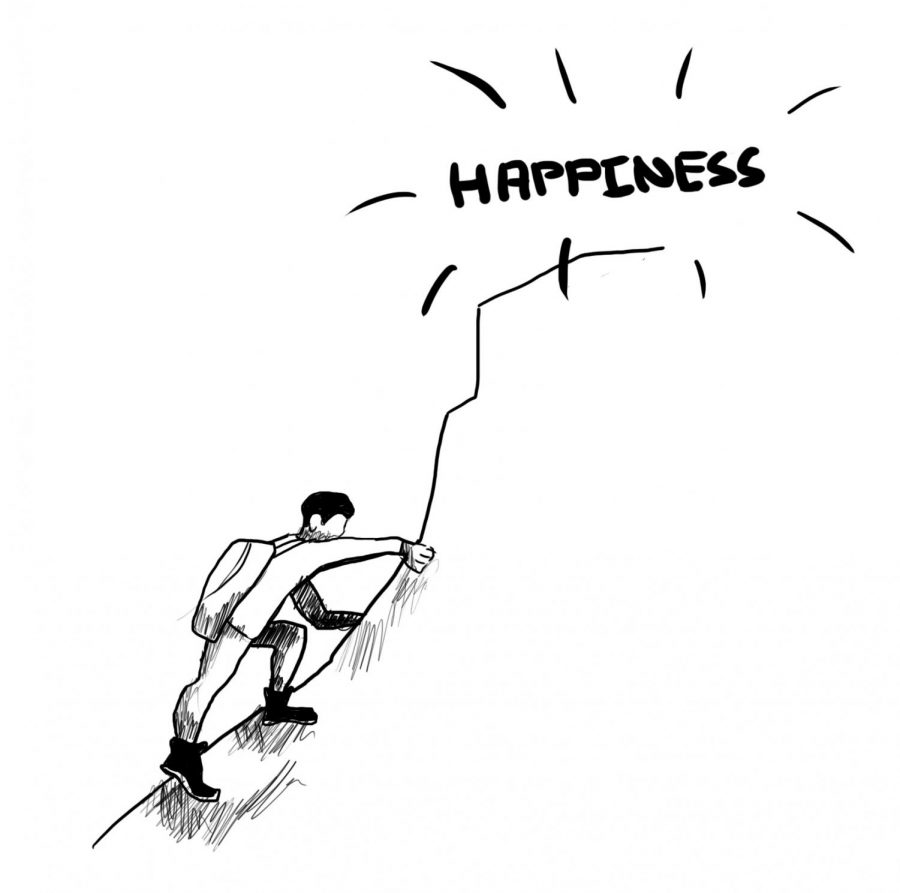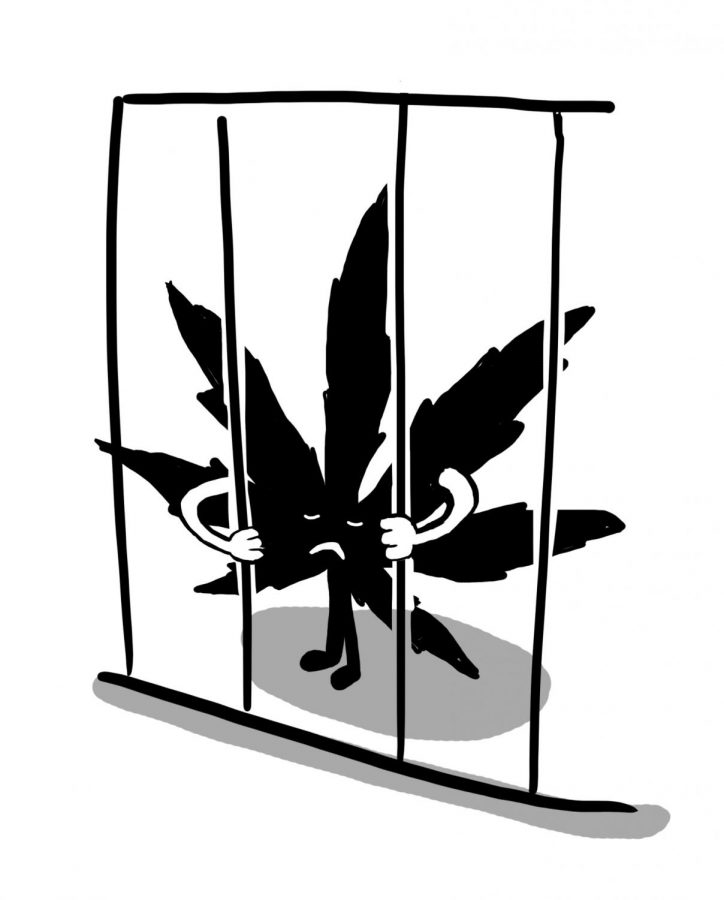Forty years ago, Americans celebrated the first Earth Day. Last week, in much quieter fashion, we celebrated Earth Day 40. In the past 20 years, climate change has emerged as the greatest threat to our environment, yet we have made distressingly little progress towards addressing it.
Much has changed since the first Earth Day in 1970. Congress has passed landmark environmental laws such as the Clean Air Act and the Endangered Species Act. We have banned leaded gasoline, added and then removed the bald eagle from the Endangered Species List and cleaned up dozens of Superfund sites.
But the specter of climate change loomed over Earth Day 40 like a dark pall of smoke. Climate change threatens to wreak environmental havoc on a larger scale than ever imagined. The changing climate will affect nearly every ecosystem on Earth, and many species will face extinction. Millions of people will confront diminishing supplies of food and drinking water, while rising sea levels may inundate entire cities. Despite such an urgent threat, the United States has not taken significant action to reduce emissions of greenhouse gasses such as carbon dioxide.
Unlike the environmental crises of the 1960s and ’70s, climate change is often invisible to the naked or untrained eye. Environmental disasters like the Cuyahoga River fire in 1969 and the Santa Barbara Oil Spill the same year are painfully obvious to even the most skeptical onlookers. Rivers are not supposed to burn, and dolphins are not meant to choke to death on crude oil.
The effects of climate change, on the other hand, are more widespread but far less obvious and more difficult to like to a specific cause. Although warming ocean temperatures are likely to cause stronger and more frequent tropical storms, it is impossible to prove that climate change strengthened a specific storm: like Hurricane Katrina. Furthermore, dire predictions about climate change are derived in part from long-term computer models. It’s much harder to convince people to take action when the evidence exists inside a computer, rather than in a poisoned river.
Mitigating the effects of climate change also demands fundamental changes to how our modern economies function. Oil spills can be prevented easily if companies drill for and transport oil responsibly. Similarly, DDT (which nearly destroyed the bald eagle), ozone-depleting CFCs and leaded gasoline all had readily available replacements.
Simply put, our economy functions on carbon-emitting fossil fuels; to address climate change, we need to change this basic fact. But despite the claims of climate skeptics, doing so does not mean foregoing our standard of living. Investing in efficient “smart” electrical grids, renewable energy research and installation and improving energy efficiency in homes and businesses can provide countless well-paying jobs that will help reduce greenhouse gas emissions. Responding to climate change is not necessarily about sacrifice on a grand scale; rather, it presents an opportunity to reinvent and improve our economy.
The stock market has skyrocketed, but unemployment remains near 10 percent. Our economy languishes in what some worry might be a “jobless recovery” from the deepest recession in 80 years. There’s no better time to create a green economy that provides well-paying, safe and sustainable jobs than now.




